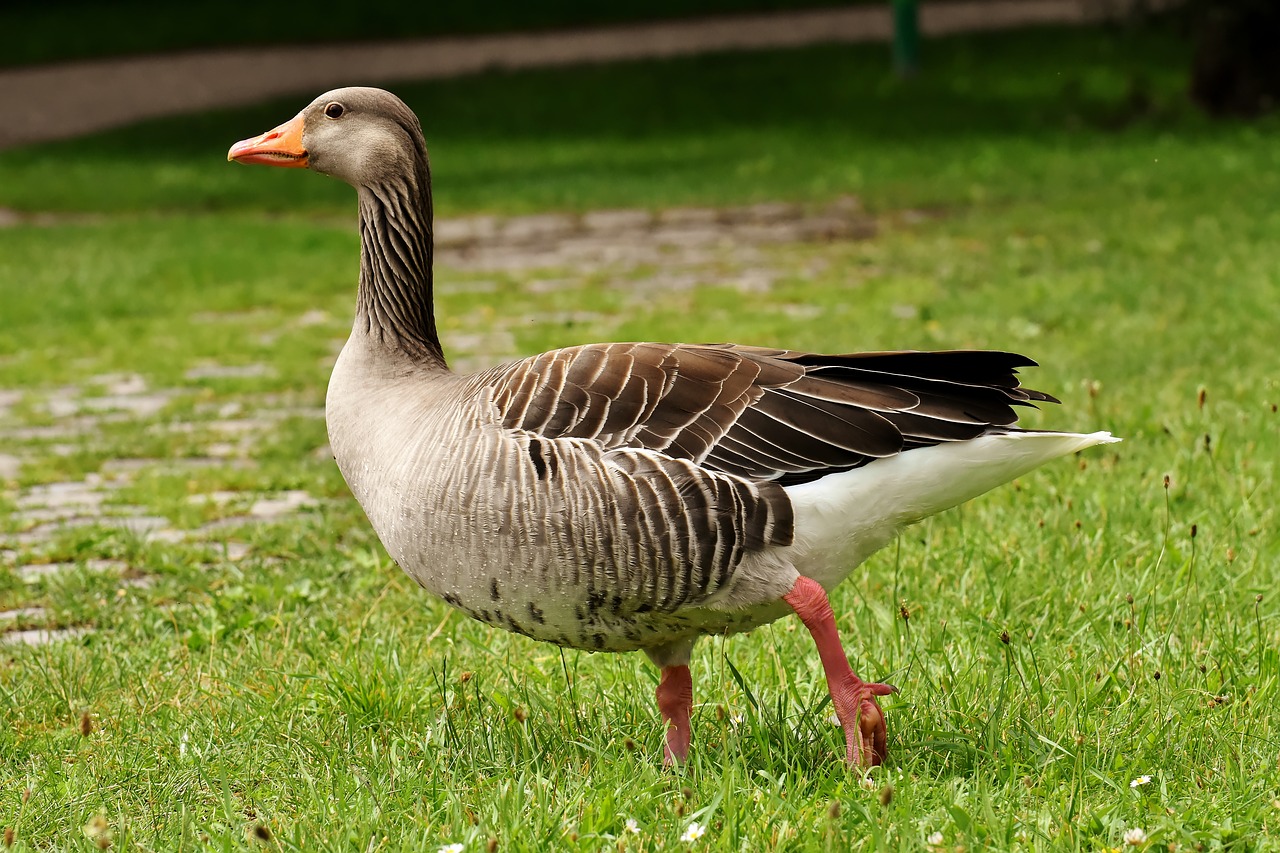Feeding areas and local movement patterns of post-breeding Greylag Geese Anser anser in South Sweden
DOI:
https://doi.org/10.34080/os.v2.23060Keywords:
foraging ecology, agriculture, behaviour, seasonal variationAbstract
Greylag Geese Anser anser mostly selected one field type, neglecting all other available types. After the breeding season they started to feed on grasslands, turned to peas during the end of July or the middle of August, and then shifted to wheat stubble in the first half of September. Only two other field types, barley stubble and newly-sown cereals, were occasionally selected. Most of the time they never showed any interest in oat stubble, newly-sown cereals and newly-sown rape. Rape stubble and ploughed fields were never used. Fields with high-energy food accounted for about 95% of all goosedays each autumn. The exploitation rate of large fields (>17 ha) with peas or wheat stubble was much higher than that of smaller fields with the same crop. Distances between roosts and feeding areas were normally less than 5 km. In October the activity pattern, characterized by two daily feeding periods, began to weaken, with some geese staying on the feeding grounds all day. In November all geese spent the whole day on the feeding grounds. The length of time spent on the feeding grounds per day increased from about 200 min. in mid-August to more than 400 min. in early October. The marked families not only stayed in the study area the whole autumn but moreover, they rarely moved between different gathering areas. There were no significant differences between families and pairs without young with respect to the time they were present and the number of times they moved between different gathering areas. Subadults moved between gathering areas significantly more often than did mature birds.
Downloads

Downloads
Published
How to Cite
Issue
Section
License
The copyright of each contribution belongs to the author(s), but all contributions are published under a Creative Commons license, so that anyone is free to share and reuse the contribution as long as the copyright holder is attributed.







